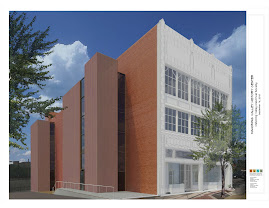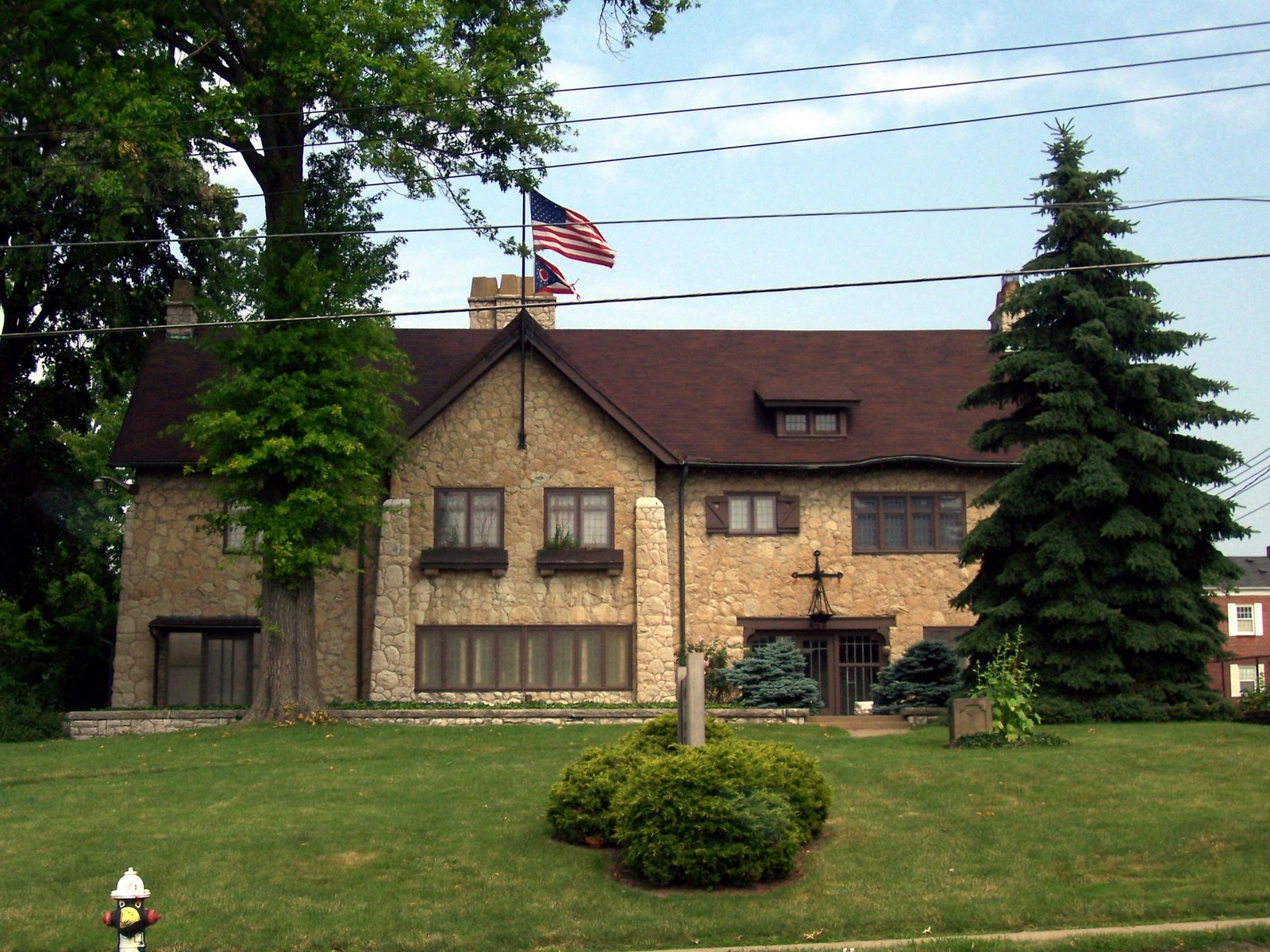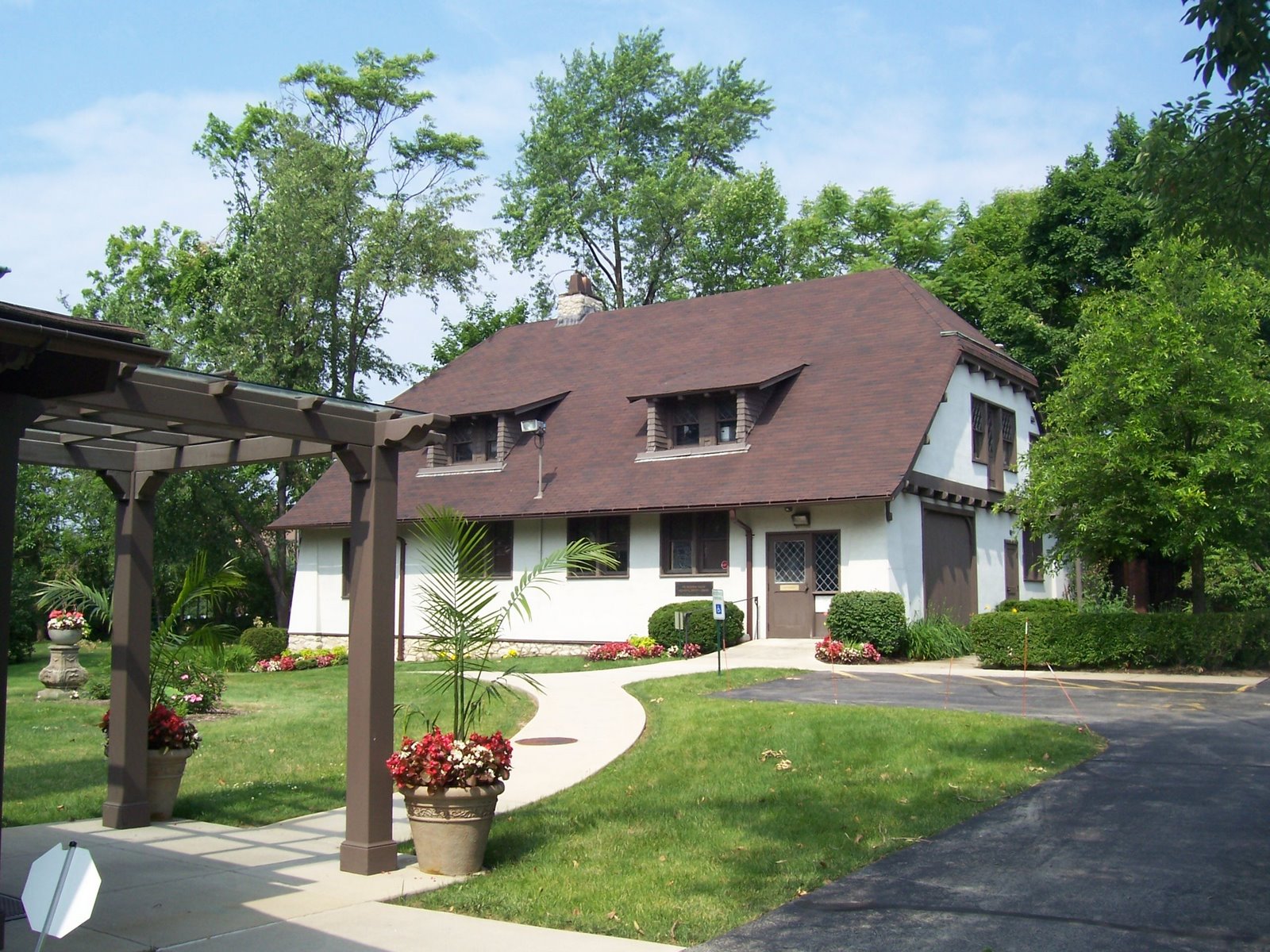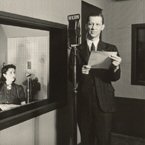Mahoning Valley Historical Society’s Arms Family Museum is documented; Drawings win national award
The Mahoning Valley Historical Society is proud to announce that architecture students from Kent State University have won the national Charles E. Peterson prize for their work in documenting the former Olive and Wilford Arms residence, now the Arms Family Museum of Local History, for the National Park Service’s Historic American Buildings Survey (HABS).
The Historic American Buildings Survey (HABS) for Greystone is the first one to be completed in Mahoning County. Funding for the project was provided by The Walter F. and Caroline H. Watson Foundation.
 Students of Elizabeth Corbin Murphy, FAIA, a Principal in the firm of Chambers, Murphy and Burge Restoration Architects, Ltd., of Akron, Ohio, and an Adjunct Professor at Kent State University’s College of Architecture and Environment Design, worked on the Arms House HABS project over the course of the 2006-2007 academic years. They researched original construction documents, sketches and photographs from various eras in the site’s history with assistance from the MVHS staff; they field measured the house inside and out, and measured the property for elevations and major historic landscape features.
Students of Elizabeth Corbin Murphy, FAIA, a Principal in the firm of Chambers, Murphy and Burge Restoration Architects, Ltd., of Akron, Ohio, and an Adjunct Professor at Kent State University’s College of Architecture and Environment Design, worked on the Arms House HABS project over the course of the 2006-2007 academic years. They researched original construction documents, sketches and photographs from various eras in the site’s history with assistance from the MVHS staff; they field measured the house inside and out, and measured the property for elevations and major historic landscape features.
 The Students produced measured drawings of the site with plans and elevations of the historic buildings it contains according to United States Department of the Interior, National Park Service’s specifications for HABS submissions; submitted the drawings and other required documents to the National Park Service for acceptance into the HABS collection at the Library of Congress, and provided copies of the same for the MVHS archives collection.
The Students produced measured drawings of the site with plans and elevations of the historic buildings it contains according to United States Department of the Interior, National Park Service’s specifications for HABS submissions; submitted the drawings and other required documents to the National Park Service for acceptance into the HABS collection at the Library of Congress, and provided copies of the same for the MVHS archives collection.
The project was also submitted for The Charles E. Peterson Prize, which annually recognizes the best set of measured drawings prepared to HABS standards and donated to HABS by students. The prize honors Charles E. Peterson, FAIA, founder of the HABS program, and is intended to increase awareness, knowledge, and appreciation of historic buildings throughout the United States while adding to the permanent HABS collection of measured drawings at the Library of Congress. To date, more than 2,000 students from 68 colleges and universities have participated by completing more than 500 entries and almost 5,000 sheets of measured drawings. The Arms House project received first place honors and students accepted the award at a ceremony in New Orleans, LA. They received a $3,000 cash prize. View a slideshow of the 2007 award winners. (The images take a few minutes to load.)
 The Historic American Buildings Survey (HABS), the nation's first federal preservation program, began in 1933 to document America's architectural heritage. According to the Library of Congress American Memory website, “the Historic American Buildings Survey (HABS) and the Historic American Engineering Record (HAER) collections are among the largest and most heavily used in the Prints and Photographs Division of the Library of Congress. The collections document achievements in architecture, engineering, and design in the United States and its territories through a comprehensive range of building types and engineering technologies. All of the documents in the HABS collection are available free of copyright restrictions.
The Historic American Buildings Survey (HABS), the nation's first federal preservation program, began in 1933 to document America's architectural heritage. According to the Library of Congress American Memory website, “the Historic American Buildings Survey (HABS) and the Historic American Engineering Record (HAER) collections are among the largest and most heavily used in the Prints and Photographs Division of the Library of Congress. The collections document achievements in architecture, engineering, and design in the United States and its territories through a comprehensive range of building types and engineering technologies. All of the documents in the HABS collection are available free of copyright restrictions.
Staff from MVHS attended a presentation at Kent State by Mark Schara, an architect with HABS that outlined the significance of the program, and showed some of the recent projects. The drawings of the Arms house produced by the students were on display as an encouragement for architecture students to apply for the HABS summer programs.
The Mahoning Valley Historical Society is proud to announce that architecture students from Kent State University have won the national Charles E. Peterson prize for their work in documenting the former Olive and Wilford Arms residence, now the Arms Family Museum of Local History, for the National Park Service’s Historic American Buildings Survey (HABS).
The Historic American Buildings Survey (HABS) for Greystone is the first one to be completed in Mahoning County. Funding for the project was provided by The Walter F. and Caroline H. Watson Foundation.
 Students of Elizabeth Corbin Murphy, FAIA, a Principal in the firm of Chambers, Murphy and Burge Restoration Architects, Ltd., of Akron, Ohio, and an Adjunct Professor at Kent State University’s College of Architecture and Environment Design, worked on the Arms House HABS project over the course of the 2006-2007 academic years. They researched original construction documents, sketches and photographs from various eras in the site’s history with assistance from the MVHS staff; they field measured the house inside and out, and measured the property for elevations and major historic landscape features.
Students of Elizabeth Corbin Murphy, FAIA, a Principal in the firm of Chambers, Murphy and Burge Restoration Architects, Ltd., of Akron, Ohio, and an Adjunct Professor at Kent State University’s College of Architecture and Environment Design, worked on the Arms House HABS project over the course of the 2006-2007 academic years. They researched original construction documents, sketches and photographs from various eras in the site’s history with assistance from the MVHS staff; they field measured the house inside and out, and measured the property for elevations and major historic landscape features. The Students produced measured drawings of the site with plans and elevations of the historic buildings it contains according to United States Department of the Interior, National Park Service’s specifications for HABS submissions; submitted the drawings and other required documents to the National Park Service for acceptance into the HABS collection at the Library of Congress, and provided copies of the same for the MVHS archives collection.
The Students produced measured drawings of the site with plans and elevations of the historic buildings it contains according to United States Department of the Interior, National Park Service’s specifications for HABS submissions; submitted the drawings and other required documents to the National Park Service for acceptance into the HABS collection at the Library of Congress, and provided copies of the same for the MVHS archives collection.The project was also submitted for The Charles E. Peterson Prize, which annually recognizes the best set of measured drawings prepared to HABS standards and donated to HABS by students. The prize honors Charles E. Peterson, FAIA, founder of the HABS program, and is intended to increase awareness, knowledge, and appreciation of historic buildings throughout the United States while adding to the permanent HABS collection of measured drawings at the Library of Congress. To date, more than 2,000 students from 68 colleges and universities have participated by completing more than 500 entries and almost 5,000 sheets of measured drawings. The Arms House project received first place honors and students accepted the award at a ceremony in New Orleans, LA. They received a $3,000 cash prize. View a slideshow of the 2007 award winners. (The images take a few minutes to load.)
 The Historic American Buildings Survey (HABS), the nation's first federal preservation program, began in 1933 to document America's architectural heritage. According to the Library of Congress American Memory website, “the Historic American Buildings Survey (HABS) and the Historic American Engineering Record (HAER) collections are among the largest and most heavily used in the Prints and Photographs Division of the Library of Congress. The collections document achievements in architecture, engineering, and design in the United States and its territories through a comprehensive range of building types and engineering technologies. All of the documents in the HABS collection are available free of copyright restrictions.
The Historic American Buildings Survey (HABS), the nation's first federal preservation program, began in 1933 to document America's architectural heritage. According to the Library of Congress American Memory website, “the Historic American Buildings Survey (HABS) and the Historic American Engineering Record (HAER) collections are among the largest and most heavily used in the Prints and Photographs Division of the Library of Congress. The collections document achievements in architecture, engineering, and design in the United States and its territories through a comprehensive range of building types and engineering technologies. All of the documents in the HABS collection are available free of copyright restrictions.Staff from MVHS attended a presentation at Kent State by Mark Schara, an architect with HABS that outlined the significance of the program, and showed some of the recent projects. The drawings of the Arms house produced by the students were on display as an encouragement for architecture students to apply for the HABS summer programs.

MVHS Executive Director Bill Lawson (far right) congratulates the Kent State students on a job well done. With Mark Schara (far left) and Elizabeth Corbin Murphy (second from left).
Read the Youngstown Vindicator article here.



+small.jpg)






